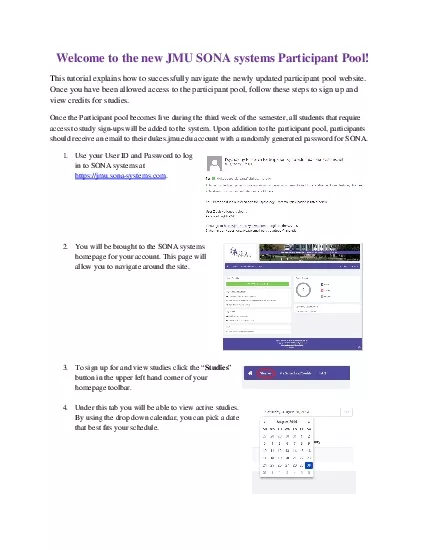PPT-Participant Presentations
Author : briana-ranney | Published Date : 2016-12-07
Draft Schedule Now on Course Web Page httpsstor893spring2016webuncedu When You Present P lease L oad Talk on Classroom Computer Before Class An Interesting Objection
Presentation Embed Code
Download Presentation
Download Presentation The PPT/PDF document "Participant Presentations" is the property of its rightful owner. Permission is granted to download and print the materials on this website for personal, non-commercial use only, and to display it on your personal computer provided you do not modify the materials and that you retain all copyright notices contained in the materials. By downloading content from our website, you accept the terms of this agreement.
Participant Presentations: Transcript
Download Rules Of Document
"Participant Presentations"The content belongs to its owner. You may download and print it for personal use, without modification, and keep all copyright notices. By downloading, you agree to these terms.
Related Documents














